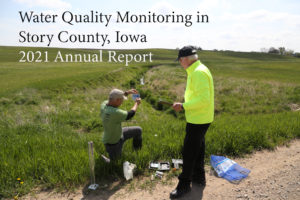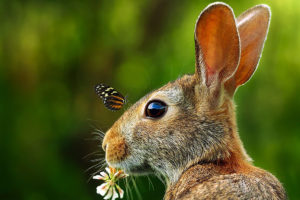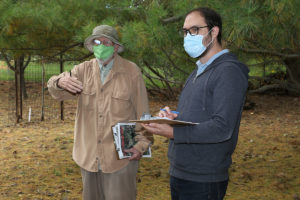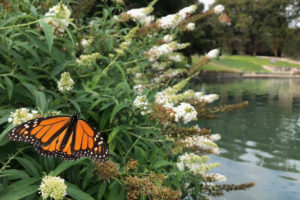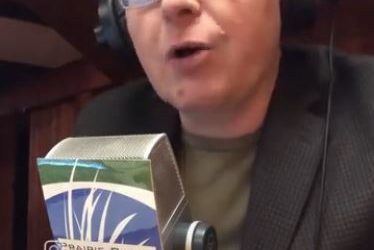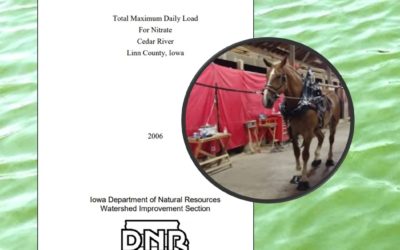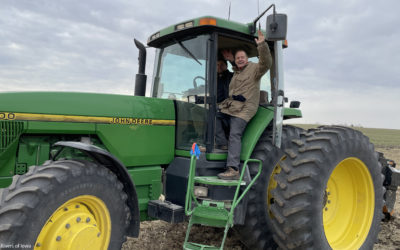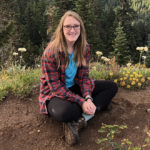Watersheds and Wildlife
Many creeks and lakes are not monitored by state agencies. Water quality monitoring with our local partners is filling the gap in Story County and is guiding conservation efforts. The drought made 2021 a challenging year for monitoring but we’re learning how to control for weather in order to better see the influence of land management on water. Read our annual report or a quick summary of our findings.
Over 100 species of butterflies and 400 species of bees, along with many other species found in Iowa, need your attention.
Our goal is to create diverse habitats, and plant native prairies and grasslands to restore pollinator, bird, mammal, reptile, and amphibian populations while improving soil health.
We are working with landowners to provide for Iowa’s pollinators and wildlife by mapping and cataloging flyways and ecosystems, assisting with small to large landowner habitat design, providing conservation assistance, harvesting and providing native seeds while conducting environmental outreach and education.
What matters is the actions we are taking plus the information and relationships we have assembled puts local government, landowners, and our many partners in a good position to tackle these challenges!
Clean Water Act: 50 years, 50 facts
“The Clean Water Act: 50 Years, 50 Facts” will be a weekly series of short videos for Instagram and YouTube, focused on rivers and lakes in Iowa.
You can lead a horse to water…
Reflections on the 50th anniversary of the Clean Water Act and a messy case study from the Cedar River.
How to Plant a Prairie Strip: One Landowner’s Journey
“Prairie strips [are] one of the best ways farmers can get into conservation practices and habitat building” David Stein said when I asked him about this project, “You’re taking unproductive land out of intensive use and replacing it with a small area that provides amazing benefits for the farm and surrounding environment.” For Chuck, some of those benefits include a reduction in run-off and erosion, increased water infiltration, and of course the perennial beauty of native prairie and pollinators where there was once just grass.
Jessica Butters
Pollinator Conservation Specialist
Dan Haug
Water Quality Specialist

